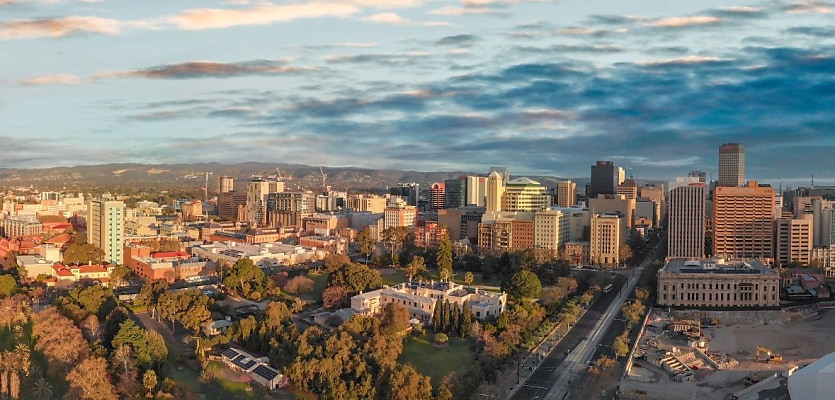Rental price growth for houses across the combined capitals has plateaued for three consecutive quarters, with experts suggesting Australia’s capital city rental markets are cooling.
Domain’s latest Rental Report for the March quarter revealed that house rents across the combined capital cities have remained at $650 per week for the third consecutive quarter.
The most recent March quarter marks the first time since 2019 that combined capital house rents have not changed for three consecutive quarters.
While house and unit rents are currently sitting at record highs across all the capitals, Domain’s chief of research and economics, Dr Nicola Powell, said that annual rental growth eased to a four-year low over the most recent quarter.
“Most cities experienced 5 per cent or less annual change, a sharp drop from the double-digit gains seen in recent years,” Powell said.
The report’s findings showed that increasing rental supply and affordability issues over the quarter have helped to slow the overall pace of rental growth across the nation.
Powell observed that the affordability ceiling is becoming “increasingly apparent”, with unit rents outpacing house rents in Sydney, Melbourne, Brisbane, Canberra and Hobart over the quarter.
Despite rental growth picking up for units, the report showed that unit rents across the combined capitals rose 3.2 per cent over the quarter to $650 per week, marking the slowest March quarter increase in four years.
Across the nation, data showed that over the March quarter, Sydney and Perth recorded the slowest annual house rent growth in almost five years, while Brisbane and Adelaide reported their worst March quarters in just over four years.
For annual unit rent growth, Perth saw its weakest March quarter since 2018, while the Adelaide market reported its worst March quarter since 2019.
Contrastingly, annual unit growth in Hobart and Darwin recovered from their previously weak rental conditions over the latest March quarter, with both cities registering their strongest March quarters since 2022.
Powell said the data resulted from several years’ worth of “rapid increases” and has seen many tenants hit their price ceilings and limited landlords’ ability to push rents further.
Despite the overall softening in rental growth and the gradual increase in rental supply during the latest March quarter, Powell noted that vacancy rates remain low and “favour landlords in all cities”.
Over the most recent quarter, the combined house and unit vacancy rates were the tightest across the capital cities in Adelaide, Perth and Hobart, which all reported a vacancy rate of 0.4 per cent.
Powell also noted that small annual increases in vacancies in cities such as Sydney (0.1 per cent), Melbourne (0.4 per cent), Brisbane (0.1 per cent), and Perth (0.1 per cent) are seeing conditions beginning to “ease slightly for renters”.
Powell said that while the increase in rental supply isn’t enough to meet demand, it is still helping to ease some of the tightest rental markets.
“While conditions still strongly favour landlords, the rate of change is clearly slowing, pointing to a potential stabilisation in the months ahead,” Powell concluded.









You are not authorised to post comments.
Comments will undergo moderation before they get published.